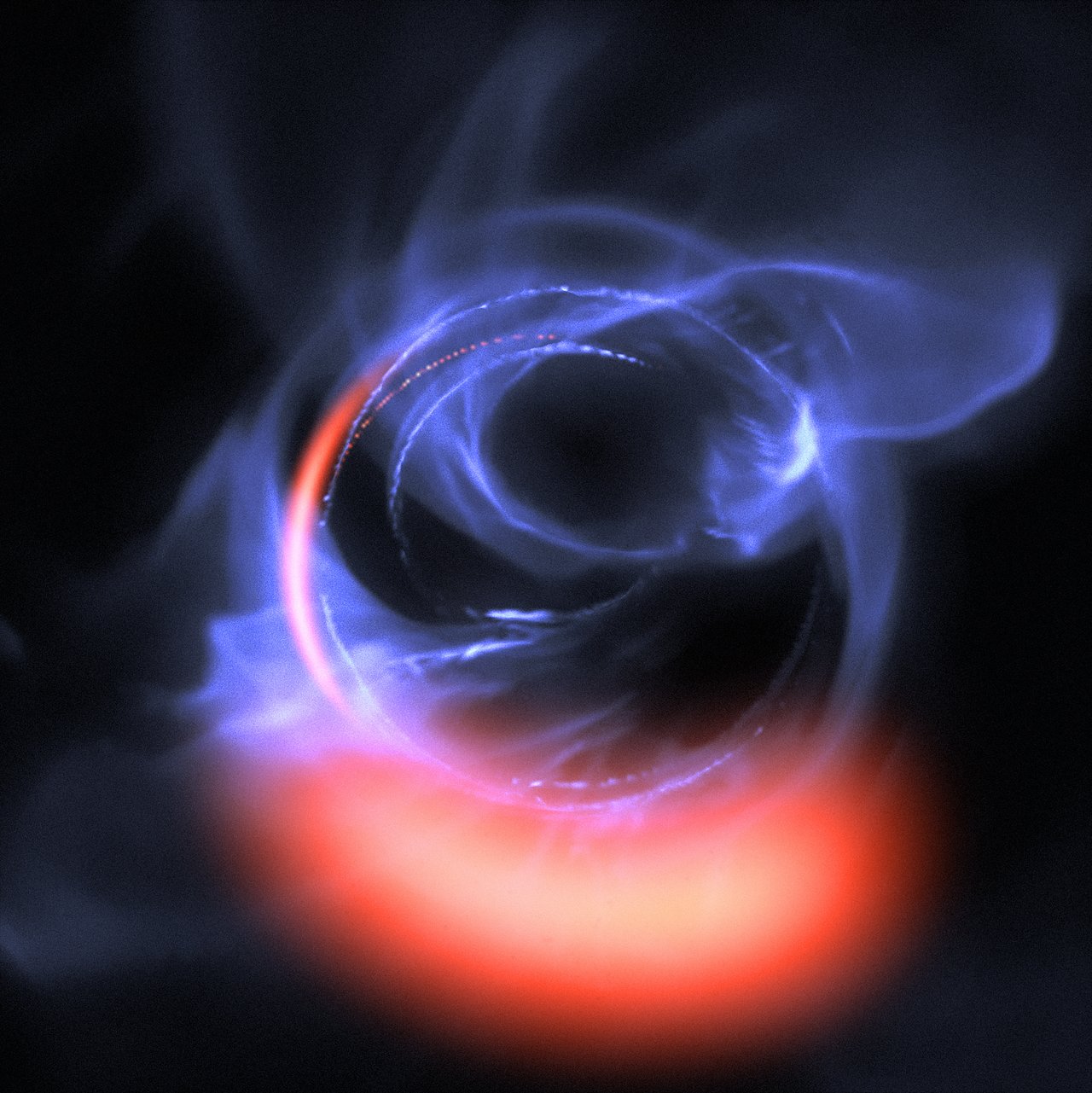Scientists have spotted a tiny black hole that may be just 12 miles across

A black hole only 3.3 times the mass of the sun may have been spotted, according to results published in Science.
What is it? The black hole is located about 10,000 light-years away, in the outer edge of the Milky Way’s main disk. If it is confirmed, this would be the smallest black hole on record, heralding a new class of black holes we never even knew how to look for. It looks to be about 12 miles (19 kilometers) across, according to Christopher Kochanek at Ohio State University, part of the team that made the discovery. More observations are needed to confirm its actual mass, however.
How was it found? When astronomers look for a black hole, what they’re really looking for are the telltale signs of its existence—a massive accretion disk made of gas and dust swirling around the object and being drawn into the ultra-dense center. Larger black holes that orbit other stars tend to strip massive amounts of material from the stars, producing observable effects like x-ray radiation.
To find this one, the team scanned a catalogue of 100,000 stars within the Apache Point Observatory Galactic Evolution Experiment (APOGEE), an infrared survey of the stars in the inner galaxy. They found a few hundred stellar candidates that seemed to be wobbling because of gravitational effects induced by other nearby objects. The team narrowed their search down to a binary star system called J05215658. They realized that what looked like a binary star was probably a black hole orbiting another star every 83 days.
Why it matters: When stars reach their grand finale and explode, they usually take one of two paths: small stars morph into neutron stars, and large stars collapse into black holes. But it’s unclear what the mass threshold for this division is. Further study of J05215658 could help us narrow that down and figure out the factors that play into a star’s afterlife.
If you like space you should read The Airlock, our space newsletter. You can sign up for free here.
Deep Dive
Space
How to safely watch and photograph the total solar eclipse
The solar eclipse this Monday, April 8, will be visible to millions. Here’s how to make the most of your experience.
How scientists are using quantum squeezing to push the limits of their sensors
Fuzziness may rule the quantum realm, but it can be manipulated to our advantage.
The race to fix space-weather forecasting before next big solar storm hits
Solar activity can knock satellites off track, raising the risk of collisions. Scientists are hoping improved atmospheric models will help.
Stay connected
Get the latest updates from
MIT Technology Review
Discover special offers, top stories, upcoming events, and more.